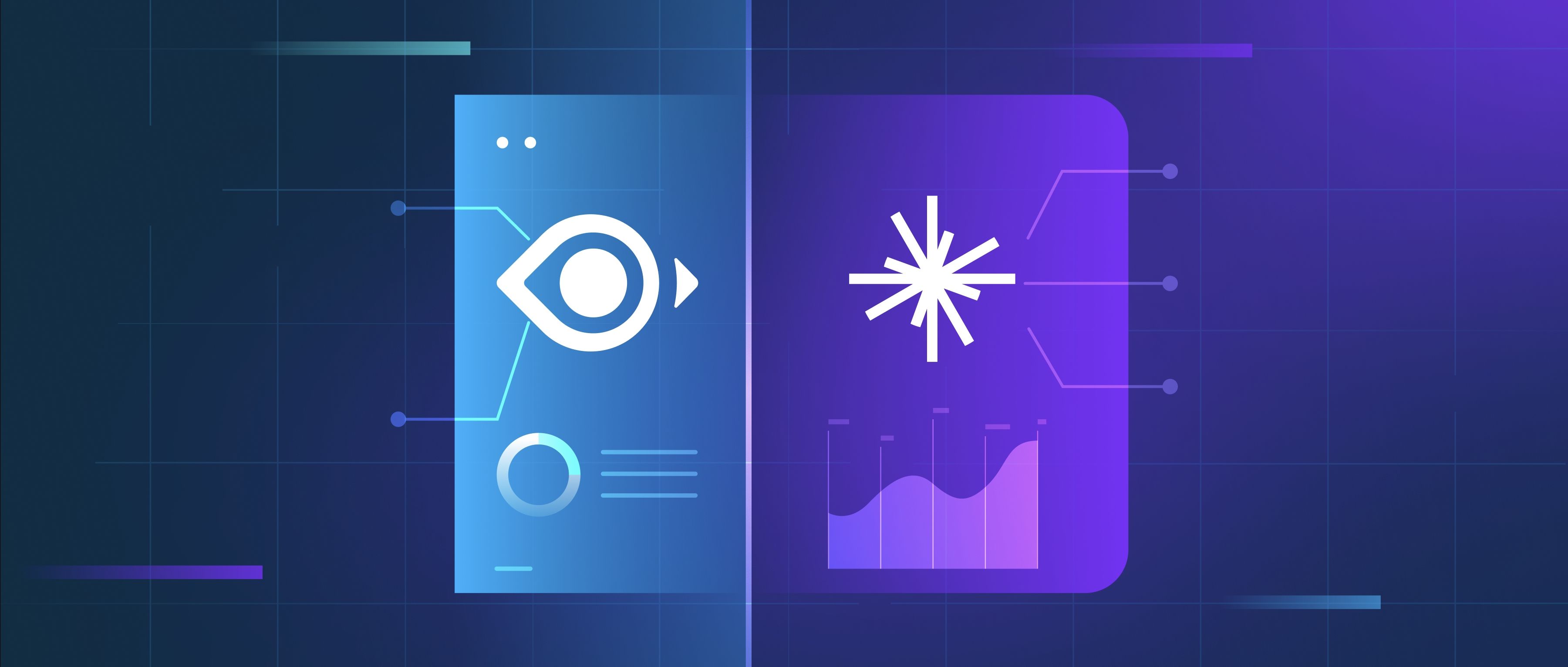Yes, swarm intelligence can enhance predictive analytics by leveraging the collective behavior of decentralized, self-organized systems. This approach draws inspiration from how groups of animals, such as flocks of birds or schools of fish, operate efficiently to solve complex problems. In the context of predictive analytics, swarm intelligence can improve model accuracy and reduce errors by amalgamating diverse inputs and perspectives from multiple sources.
One specific way swarm intelligence can be utilized is through algorithms that mimic natural patterns, such as Particle Swarm Optimization (PSO). Developers can apply PSO to optimize parameters for machine learning models, making it easier to find the best configuration for tasks like regression, classification, or clustering. For example, when training a predictive model on sales data, using PSO to explore different feature sets or hyperparameters can lead to a more accurate model by enabling the algorithm to explore different possible configurations more effectively than traditional methods.
Moreover, swarm intelligence can be beneficial in ensemble methods, where multiple models are combined to produce a more reliable prediction. Techniques such as bagging or boosting can benefit from swarm-based methods that assess and select the most effective individual models based on their performance. By harnessing the wisdom of the crowd, developers can create robust forecasting systems that learn from a broad range of data inputs and adapt over time, ultimately leading to more precise predictions in real-world applications.
